リズ・トーマスのハイキング・アズ・ア・ウーマン#34 / ワクチン接種後のアメリカハイキング事情(トレイルと町への影響について)

The Status of Hiking in the US Post-Pandemic : Part 2
In 2021, vaccination rates soared in the US, allowing people to travel domestically and thru-hikers to once again hike long trails. In Part 1, I interviewed hikers and trail organizations to understand the status of hiking in 2021 and how the pandemic has impacted long distance hiking this year. In this segment, I will explore how the pandemic impacted hikers and trail towns as well as trails outside of the US West.
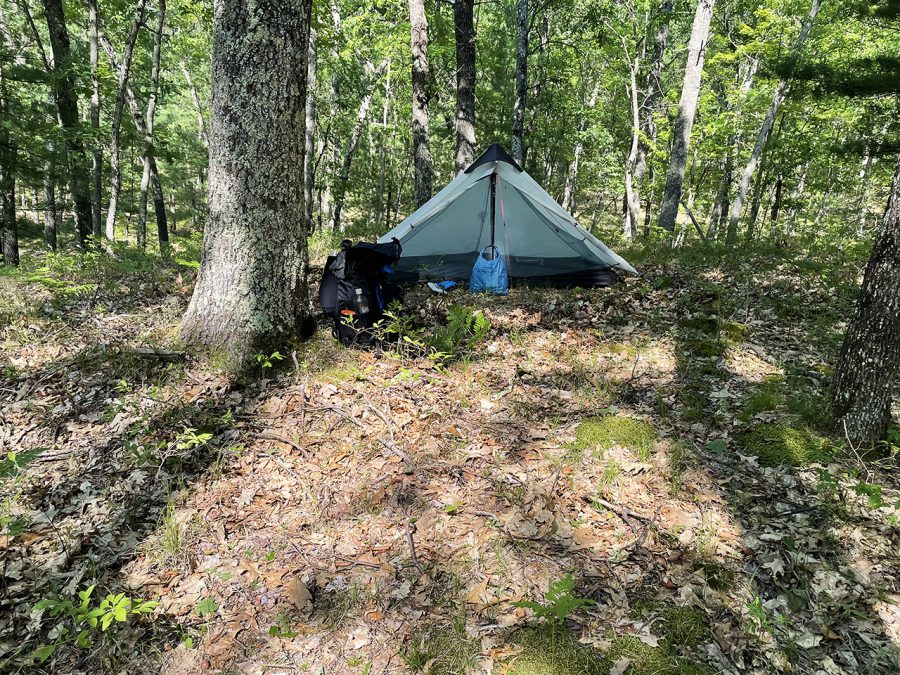
The NCT is open again in 2021 for overnight use. Photo by Doug Nebitt courtesy NCTA
Thru-hikers have had fewer opportunities for preparation
The San Juan mountains are the most difficult and dangerous high mountains of the CDT. Hikers are consistently over 12,000 feet for almost a week. 2021 has been a high snow year with late spring snowfall, dumping powder into early June. Combined with warm temperatures, snowpack is looser than usual.
The snow of the San Juans can be a shock for CDT thru-hikers in a normal snow year in a non-pandemic year. But this year, hikers are coming to the CDT less prepared. Already, there have been three thru-hikers rescued from CDT in San Juans, including one helicopter rescue.
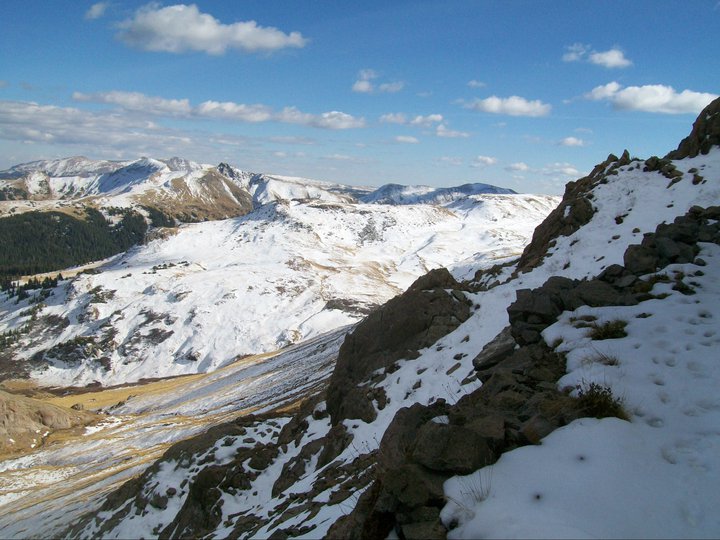
The CDT can often be covered in snow early and late in the hiking season.
I asked Teresa Martinez, Executive Director of the Continental Divide Trail Coalition, about how the pandemic impacted hiker’s preparedness level. In Martinez’s mind, 2021 CDT hikers have had less time to learn and prepare for the trail.
In non-pandemic years, the CDTC runs a shuttle for hikers to reach the southern terminus of the CDT. It not only serves as transportation and logistics to make hiker’s lives easier, but allows the CDTC to get accurate numbers of who is on the trail and when they started.

Teresa Martinez is executive director of the CDTC. photo courtesy CDTC
But Martinez also says the shuttle is a form of hiker education: “One advantage of the shuttle is to give hikers an idea of what to expect when they reach the high mountains of the San Juans.” For thru-hikers starting in the hot desert at the Mexico-New Mexico border, the lowest elevation point of the trail, high snowy mountains seem a world away. Yet, thru-hikers will reach Colorado soon enough, and with it, the dangers of the spring snowpack.
“We’re learning the importance of being on the scene and connecting with hikers,” Martinez says. “We’re seeing more people with less skill and less understanding of the complexity of crossing snowfields.”
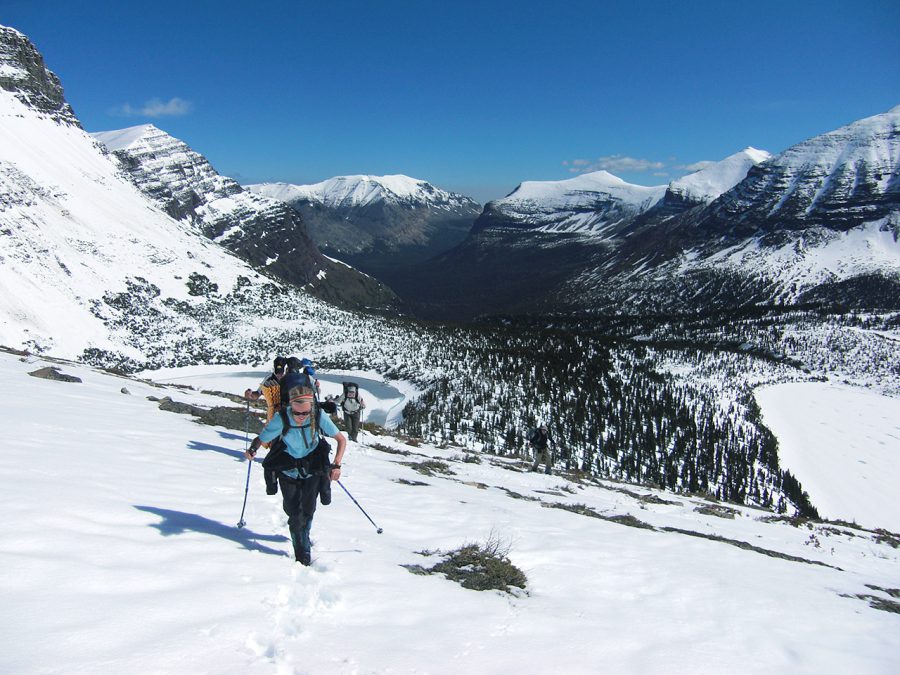
The CDT of early hiking season.
Many thru-hikers spend the spring before their thru-hike taking courses in snow travel, how to self-arrest with an ice axe, swiftwater river crossing training, and even avalanche training. But in 2020, almost all of these courses were canceled due to the pandemic.
Additionally, in-person hiker education events like the American Long Distance Hiking Association-West Ruck were also canceled in spring of 2020 and 2021. That means that thru-hikers who started in 2021 had fewer opportunities to talk and learn from former thru-hikers who can share their experience.
What about long trails in the Eastern US and Midwest?
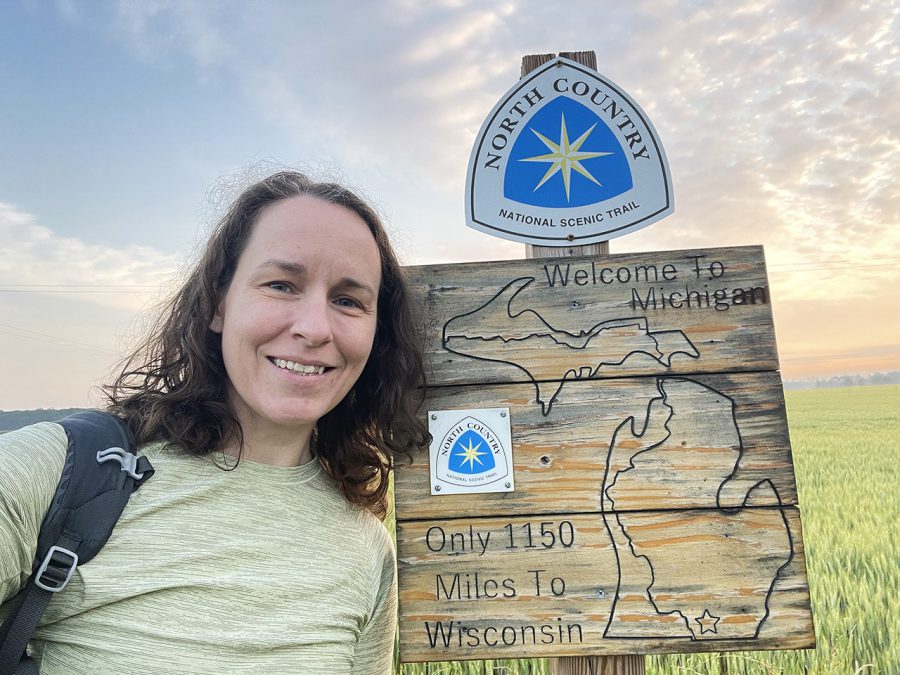
This distance hiker is attempting to complete all of Michigan as part of the NCT Hike 100 Challenge. Photo by Elizabeth Seger courtesy NCTA
The North Country Trail is the longest path in the National Scenic Trails System. At over 5,000 miles long, it spans from North Dakota to Vermont. Given its length and that the trail is so far north that the hiking season is short, less than 5 thru-hikers have ever made the journey in a season. Just a handful of hikers have even completed a section-hike of the trail. Yet somehow, in 2021, there are 4 people attempting a thru-hike of the North Country Trail. This is the most the trail has even seen. Section hikers, day hikers, and weekend backpacker numbers are up, too.
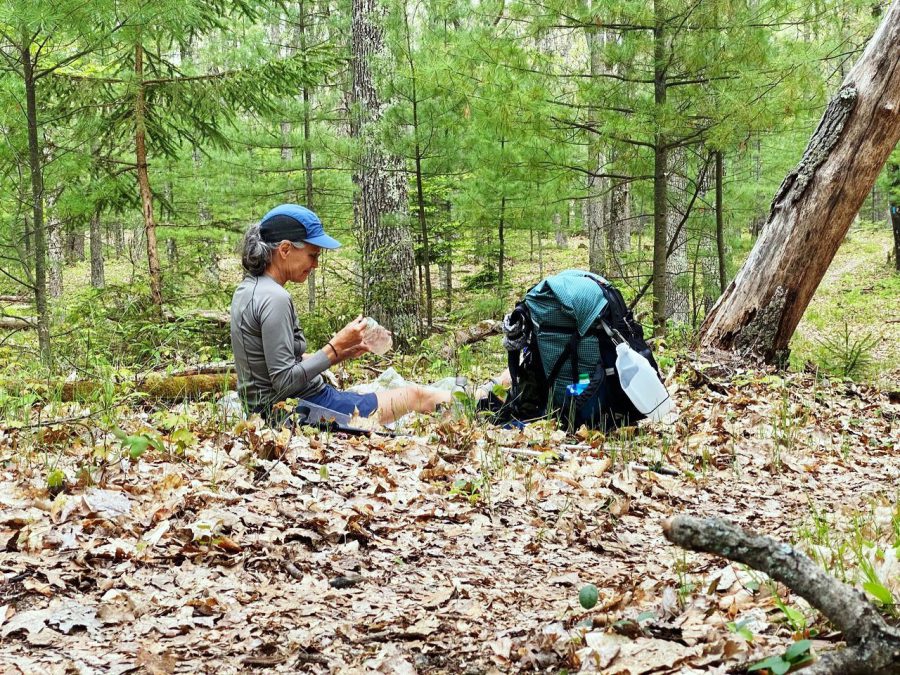
A backpacker on the NCT in 2021. Photo by Sally Dykhuis courtesy NCTA
I interviewed Val Bader, the Trail Operations manager for the North Country Trail Association: “The trail has 160 different land managers so we had different COVID regulations for every part of the trail.” As a result, while some parts of the trail were open to users during the pandemic, other parts were closed. This fractured status made a long distance hike of the NCT nearly impossible during the pandemic.
The trail recently reopened in its entirety. Now that the trail, land, and shelters along the trail are completely open, the hikers and volunteers are coming in record numbers.
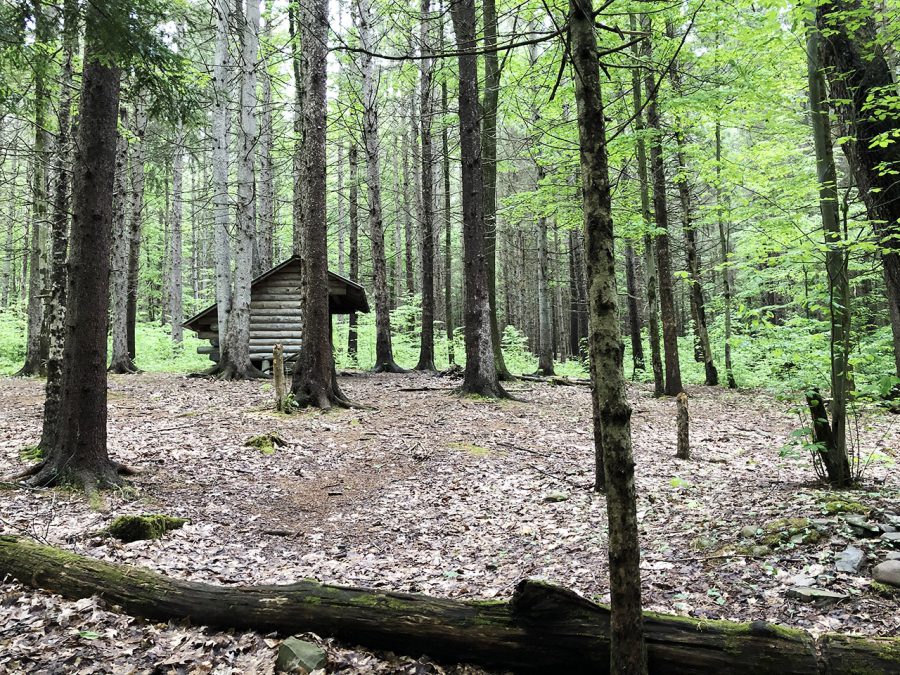
Although most shelters were closed during the pandemic, this shelter on the Finger Lakes Trail:NCT is now open to overnight use on. Photo by Crosby Woods courtesy NCTA
The NCT has always focused on being a local trail with taglines like “your adventure starts nearby.” It’s within a day’s drive of 40% of the population of the US. During COVID-19, as people were encouraged to stay local, the NCT was well-positioned for hikers who didn’t want to travel halfway across the US for a big adventure.
In 2020, the NCTA saw record numbers of people pledge to hike 100 miles along the NCT. 4,200 people signed up and 2,500 completed their miles, nearly double the numbers from 2019. In 2021, 5,000 people pledged to hike 100 miles. “The program pushes people beyond what they’d otherwise do,” Bader tells me. “It’s gotten people who otherwise wouldn’t have been hiking, like families, out onto the trail.”
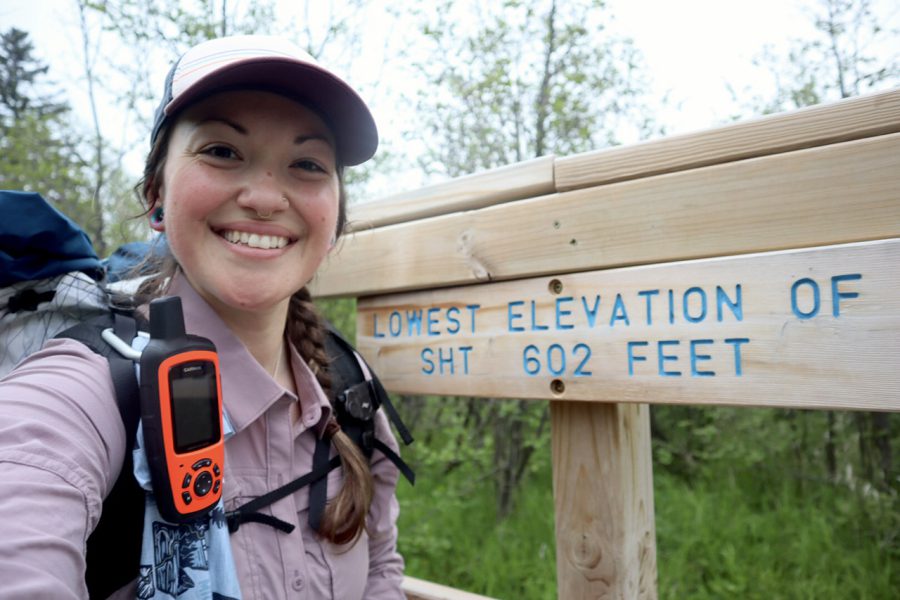
The 310-mile long Superior Hiking Trail is a small part of the North Country Trail. This 2021 SHT thru-hiker completed her miles as part of the NCT Hike 100 challenge. Photo by Emily Mydlowski courtesy NCTA
But interest in the trail also has a downside: “For the first time, a lot of places along the trail are seeing overuse.” To find less crowded places, some hikers are exploring less famous sections of the trail. “People are getting to know places that haven’t been destinations before.”
In the first Part of this series, I reported that the CDT has more people volunteering to maintain the trail. The same appears to be true for the NCT.
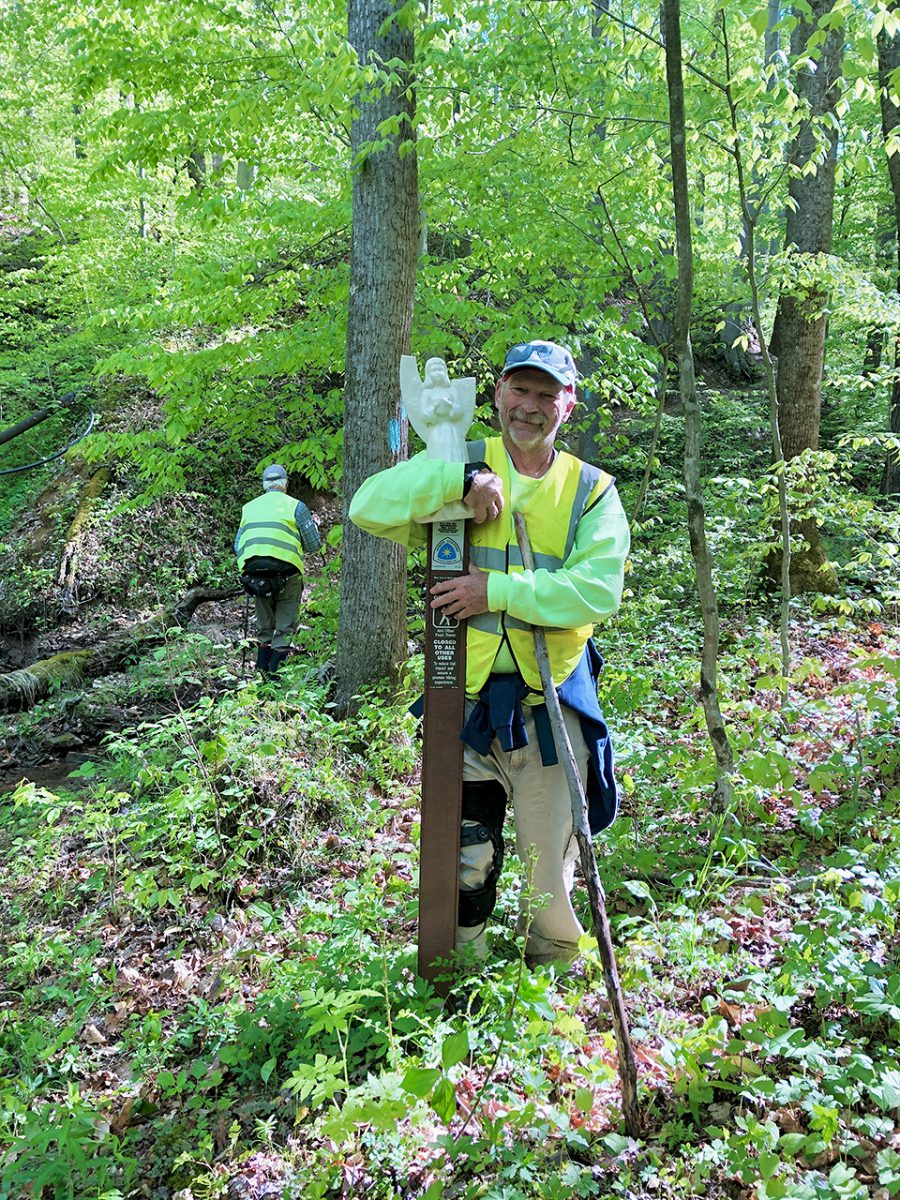
The NCTA has seen more volunteers than ever in 2021. Photo by William Hines and Margaret Sodney courtesy NCTA
“Last year, we had more volunteers than ever before,” Bader tells me. “But rather than new trail or building big bridges,” volunteer projects that require a group to work together, “we’ve seen more individual volunteers refreshing blazes and signs or removing trash.” The North Country Trail released an annual maintenance calendar that includes ideas for season-appropriate individual or small group projects and even volunteer opportunities that people can do while hiking.
What do trail towns think of hikers in 2021?
“Last year, [the pandemic] was so unknown. Trail towns didn’t want hikers,” Martinez tells me. As a result, there were few thru-hikers on the CDT.
This year, trail towns have a desire to have people come through town. “Every trail town has noticed the difference between 2020 and previous years,” Martinez says. “Especially Montana gateway communities are excited to share their town with hikers. They noticed who was missing [thru-hikers] and are asking how they can keep embracing visitors.”
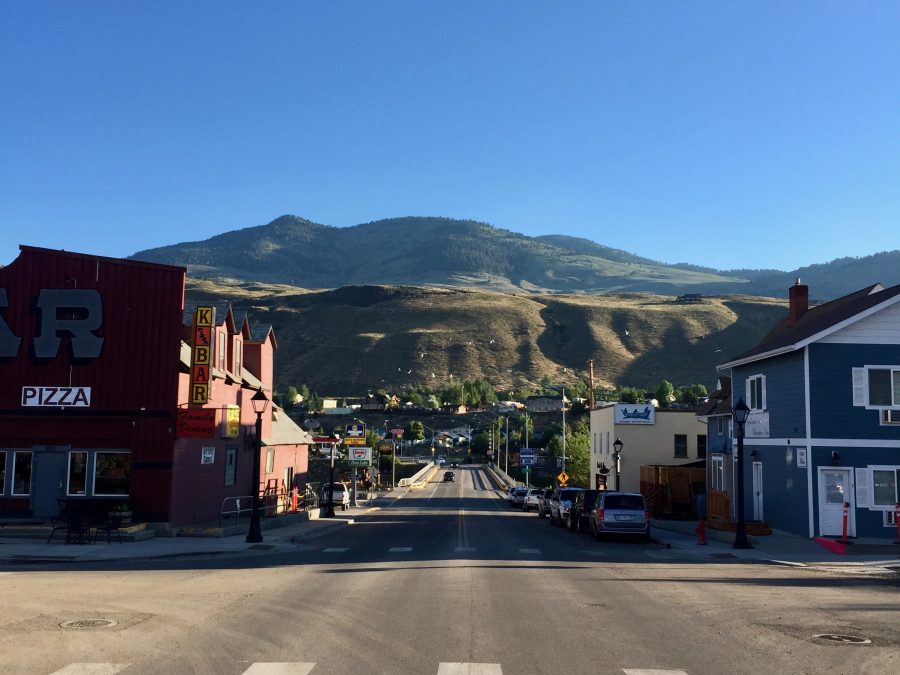
The Gardiner of Montana
Because of the timing of when most thru-hikers start and finish their hike, they often visit gateway communities during times of the year that dont have peak tourism, like spring or late summer/early fall. Communities have begun to realize that thru-hikers can expand the length of their tourism season.
Bader agrees. People who live along the NCT are welcoming hikers more now, too. “I just got an email this afternoon from someone who lives along the trail who wants to host hikers and open up their land to camping. Towns are hungry to start interacting with hikers again.”
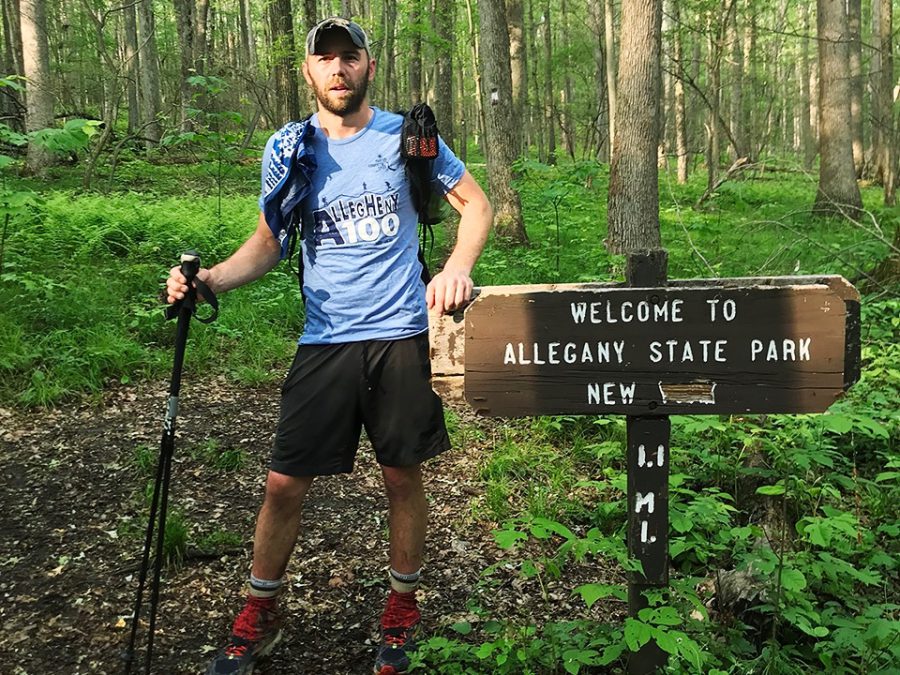
This distance hiker backpacked all of Pennsylvania as part of the NCT Hike 100 Challenge. Photo by Tyler Dingfelder courtesy NCTA
2021 thru-hikers are well-aware that not so long ago, trail towns were not happy to see hikers. As a result, the class of 2021 thru-hikers “have been great ambassadors for the trail,” Martinez says. Hikers have gone out of their way to be respectful in town. “Brandon, who hosts the hiker hostel in Silver City, New Mexico, has had nothing but good things to say about the 2021 thru-hikers.”
Conclusion
While many people speculated that the interest in outdoor activities during the pandemic would go away once movie theaters and shopping malls opened again, the interest in trails seems to have permanently increased. While increased volunteership and hikers serving as good ambassadors may not last forever, it’s a good sign for the future of trails. Despite all the damage that the COVID-19 brought to society, the trail community is strong and excited to be doing even better than before the pandemic.
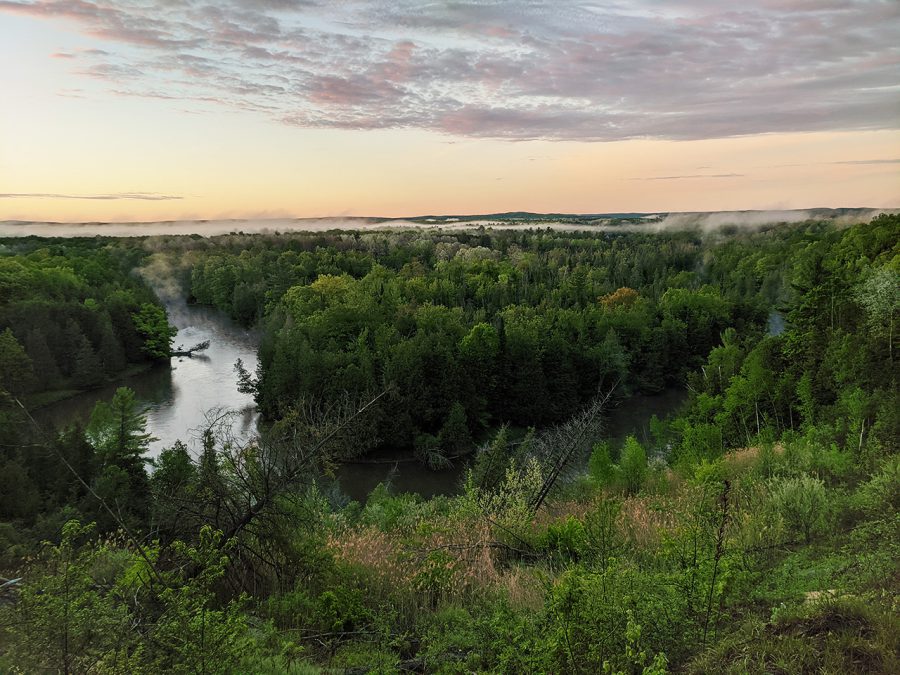
A section hiker working on completing the 1100 miles in Michigan grabbed this photo while hiking in Spring 2021. Photo by Paul Jager courtesy NCTA
- « 前へ
- 2 / 2
- 次へ »
TAGS:

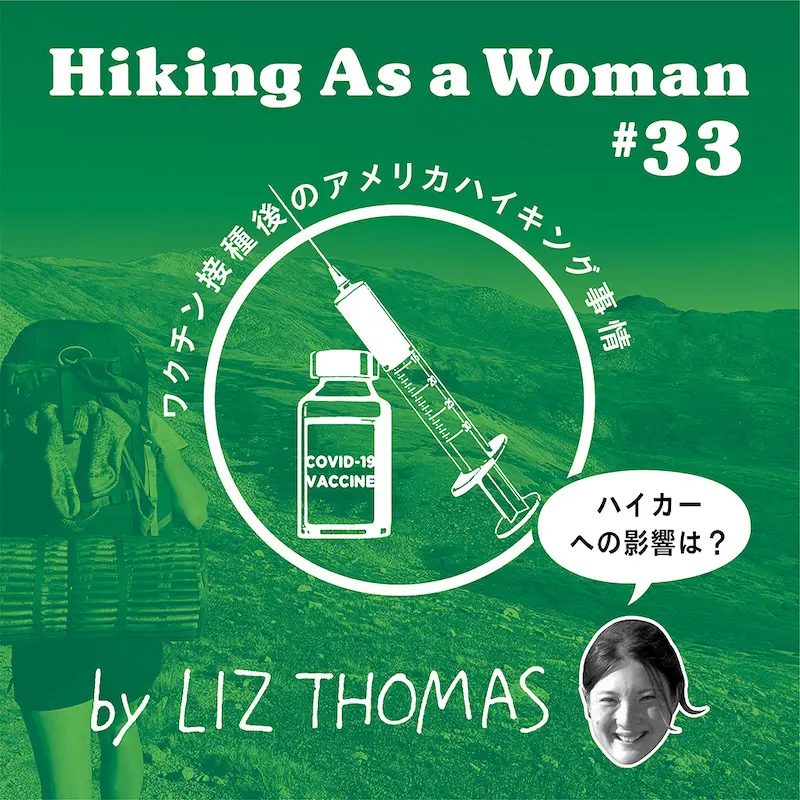
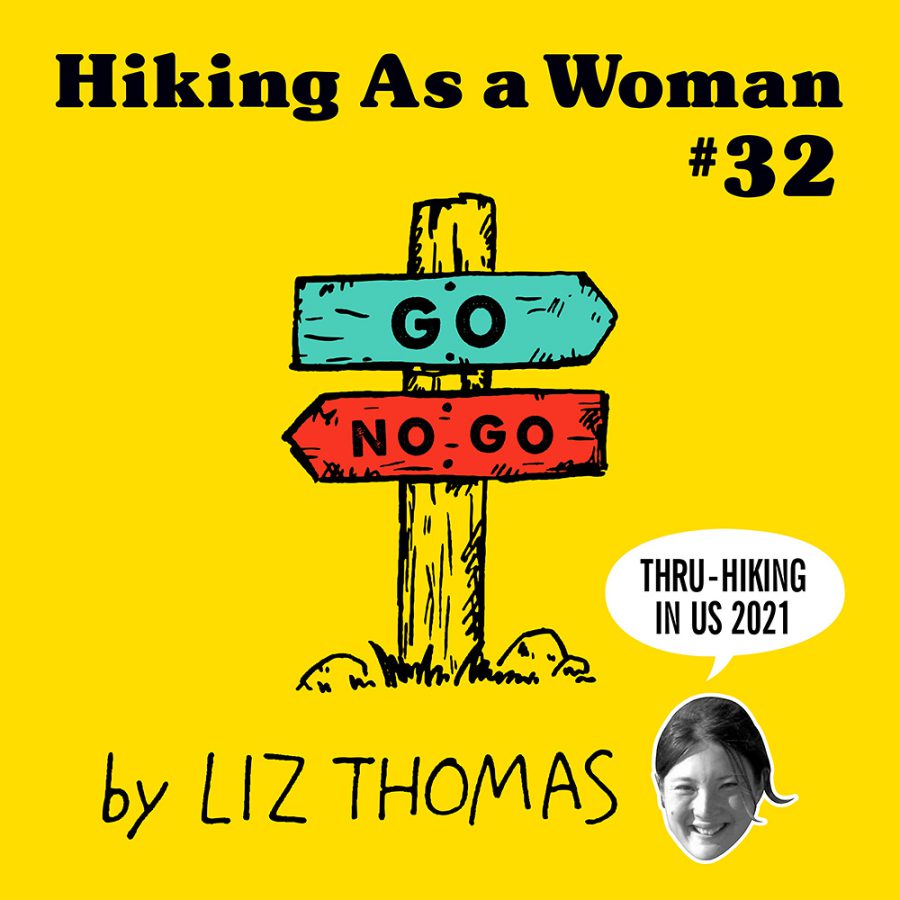











 ULギアを自作するための生地、プラパーツ、ジッパー…
ULギアを自作するための生地、プラパーツ、ジッパー…  ZimmerBuilt | TailWater P…
ZimmerBuilt | TailWater P…  ZimmerBuilt | PocketWater…
ZimmerBuilt | PocketWater…  ZimmerBuilt | DeadDrift P…
ZimmerBuilt | DeadDrift P…  ZimmerBuilt | Arrowood Ch…
ZimmerBuilt | Arrowood Ch…  ZimmerBuilt | SplitShot C…
ZimmerBuilt | SplitShot C…  ZimmerBuilt | Darter Pack…
ZimmerBuilt | Darter Pack…  ZimmerBuilt | QuickDraw (…
ZimmerBuilt | QuickDraw (…  ZimmerBuilt | Micro Pack …
ZimmerBuilt | Micro Pack … 














